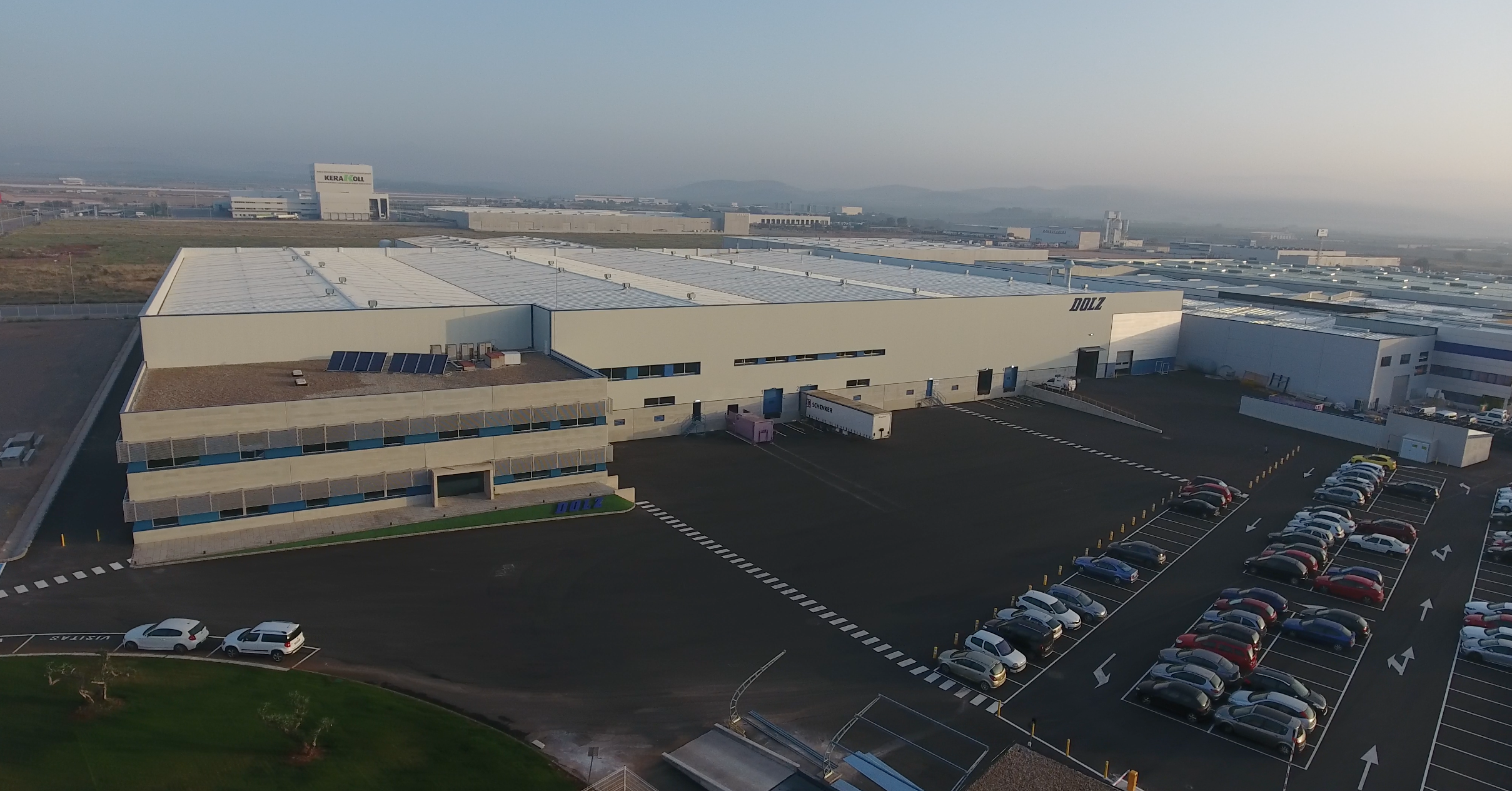The meaning of sustainability in the automotive sector continues evolving as the industry faces significative transformations.
The multiple transitions towards digital processes, AI-guided and electric vehicles all represent major opportunities for the players at all positions within the industry. However, in order for these advancements to be successful in the mid and long term, sustainability must traverse all of them.
What does sustainability mean for the automotive parts industry? Let us guide you through the most significant steps that need to be taken, the standards and the moves we’re making at Industrias DOLZ to ensure we do our part.
Sustainability, an evolving concept for the automotive industry
Sustainability is no longer a recent concept, but one that has been necessarily studied and shaped to fulfill the needs of our times.
Briefly put, we could say that the term sustainability defines the capacity to fulfill the current needs without compromising those of future generations in terms of environmental, economic, and social needs.
While shy measures have been implemented in the last decades, major players in the automotive industry have been more and more involved in doing their part. As the responsibility obligations evolved, so did the extent and depth of the actions taken.
As such, the transition towards sustainability in the automotive industry is led in the following fronts:
- Waste management: this includes all initiatives for recycling and achieving circular economies such as reducing the use of resources; incorporating recycled or recyclable materials; extending products’ life cycles; remanufacturing initiatives with previously used products, etc.
- Reduction of CO2 and greenhouse emissions: an in-depth understanding of how production and logistic areas are involved in the production of greenhouse emissions has led to efforts to minimize their impact. This includes measures at many levels, starting from the factories to the logistic processes, including the optimization of transport routes.
- Use of clean energies: this represents an additional effort in decarbonization as well as achieving an efficient use of resources.
Throughout a look at these and other related areas, and while significant advances have been made, actors part of the automotive industry are still developing models and processes that ensure the sector achieves 100% sustainability.
Related content: ISO 14001 certification: know the Dolz’s environmental management system
ISO 14001 – Environmental Management Systems
The ISO 14001:2015 standard specifies the conditions for developing an environmental management system for a company that effectively and consistently oversees all potential responsibilities in this area within an organization.
This standard can be applied to any organization looking to improve their environmental management and social responsibility, acting on areas such as resource and waste management and harmful emissions, among others. The standard seeks to achieve a balance between environmental sustainability, economic productivity, and innovation.
It’s granted by an audit process performed by official, third-party agencies.
14001:2004 vs. 14001:2015
Currently, the standard presents three versions, being the first updated version created to enhance environmental performance and improve user experience in 2004 and the second one, in 2015. The latter is defined by a series of changes introduced with the aim of extending the standar’s scope in the following areas:
- A prioritization of strategic environmental management.
- The need to assign specific responsibilities to leadership positions.
- The inclusion of proactive initiatives by the organization to protect the environments that are consistent with the organization’s context.
- An added emphasis to continual improvement in environmental performance, including all efforts that target a reduction of emissions, effluents, and waste.
- A focus on life cycle thinking and end-of-life treatment or disposal.
- The development of effective internal and external communication strategies, enabling the mechanisms that would allow all persons working in collaboration with the organization to make suggestions to improve the management of environmental matters.
- The need for computer and cloud-based systems that document the management system and all efforts aiming at environmental management.
Read more: ISO 9001:2015 + ISO 14001:2015 quality and environmental management systems
Dolz, working towards a greener automotive parts industry
At Industrias DOLZ, we present a continued commitment to improve our environmental management system and work to become a reliable automotive parts partner with a dedication to enduring sustainability.
As such, we’ve taken major steps to improve our sustainability efforts which confirm our evolution towards becoming a company with a positive impact in terms of the environment, the economy and society. And among our main actions to become a company with a positive impact in environmental, economic and social terms are:
- Wastewater treatment with an evaporator to obtain process water and concentrated oil waste.
- Water management.
- Shavings compactor and lubricoolant oil recirculation in machining operations.
- Removal of an emissión source (drying chamber).
- Energy management system
- Packaging.
We thus keep playing our part to ensure the automotive industry transforms into one where sustainable practices are the norm.


